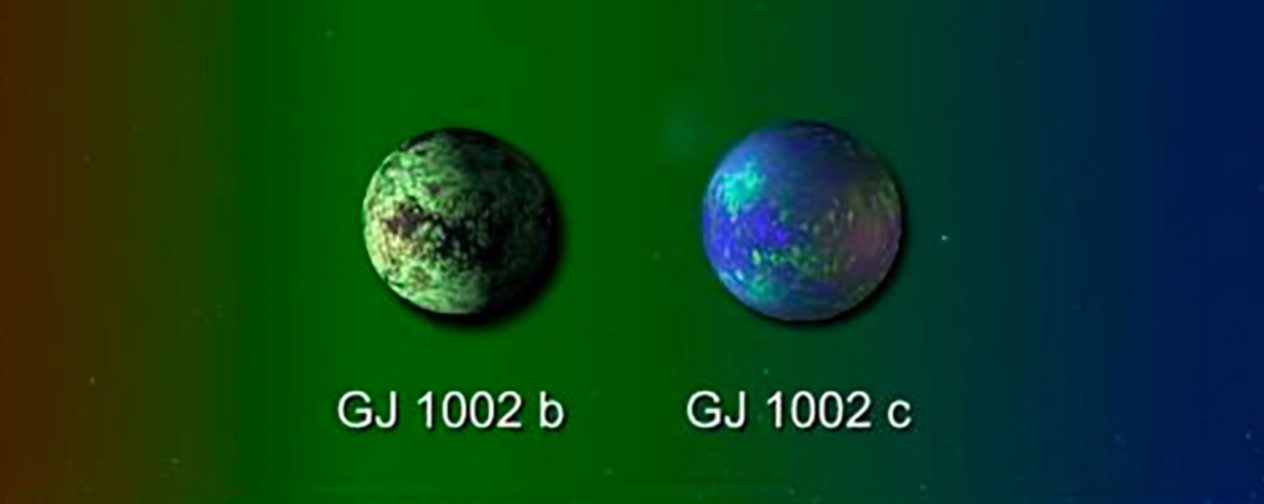Recently, astronomers came across a few fascinating leads in the quest for life on other planets. The discovery includes two Earth-like planets in the habitable zone of a red dwarf star named GJ 1002.
Check out all the facts below.
Earth-like Planets Unlock New Clues About the Universe

GJ 1002b and GJ 1002c are two curious cosmic features, just 16 light-years distant from our Solar System. They’re near to where we are in the Universe, astronomically speaking. We’re still a long way from concluding that extraterrestrial life exists or even that there is running water. Still, the recent discovery solves some ancient puzzles about the Universe.
Vera Maria Passenger, an astrophysicist at the Instituto de Astrofísica de Canarias in Spain, explains:
GJ 1002 is a red dwarf star, with barely one-eighth the mass of the Sun; It is quite a cool, faint star. This means that its habitability zone is very close to the star.
Unfortunately, little is known, except for their location, about these newly discovered Earth-like planets.
GJ 1002b is further from its star and completes an orbit in just over 10 days; GJ 1002c has a longer orbit, taking just over 20 days to complete.
The good news is that closer observations are now possible thanks to GJ 1002b and GJ 1002c’s vicinity.
However, by assessing their atmospheres based on either the light they reflect or the heat they emit, researchers hope to explore more areas and discover all the necessary information.
The discovery was made using two mighty instruments, the CARMENES (Calar Alto high-Resolution search for M dwarfs with Exoearths with Near-infrared and optical Echelle Spectrographs) and the ESPRESSO (Echelle Spectrograph for Rocky Exoplanets and Stable Spectroscopic Observations).
Scientists have observed 5,000 exoplanets so far. As telescopes and data processing technologies advance, we can soon see even smaller objects further away from Earth.












Leave a Reply